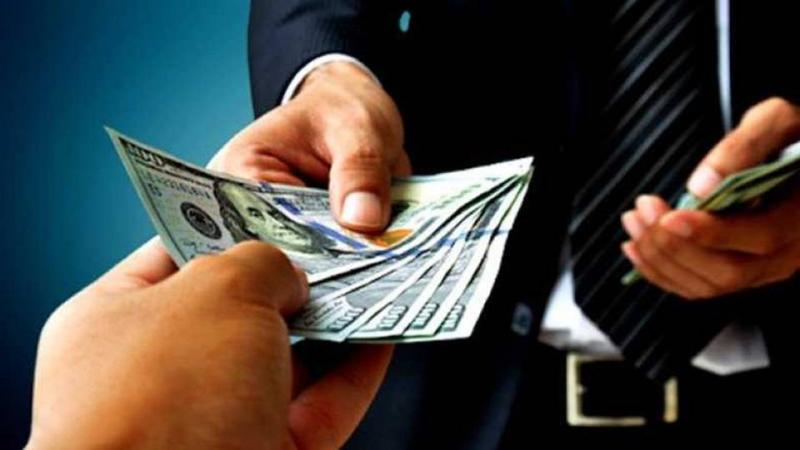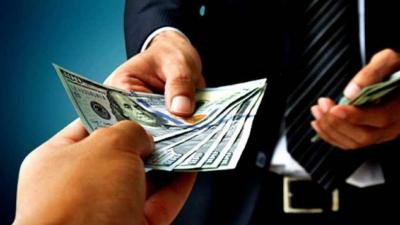The value of the Lebanese lira experienced a new decline yesterday, Thursday, reaching more than fifty thousand lira against the dollar, a historically unprecedented figure, with no clear end in sight for this persistent downturn. This situation has been exacerbated by concerns arising from European investigations into financial officials, ongoing political deadlock, and increased demand for dollars. The exchange rate of the dollar surpassed 50,100 Lebanese lira for the first time in history yesterday afternoon, following a gradual increase from the 47,000 lira mark to fifty thousand over three days. Bankers view this figure as "symbolic" in its implications and describe it as a "headline for a series of interacting crises," referring to the political crises.
Sources informed "Asharq Al-Awsat" that aside from supply and demand in the market, European judicial investigations into financial officials in Lebanon have contributed to "stimulating confusion in the markets tied to doubts about the investigations and where they will lead, establishing fears and uncertainty." A European judicial delegation began its visit to Lebanon last week, including judges from Germany, France, and Luxembourg, to investigate financial files. The delegation concludes its first visit today and will return to their countries to assess the situation and the files, after interviewing several financial officials in Lebanon, including the former first deputy governor of the Central Bank and heads of Lebanese banks. It is expected that the delegation will return at a later stage, but it is not confirmed if they will receive testimonies from the governor of the Central Bank, Riad Salameh, in the second phase.
Financial sources told "Asharq Al-Awsat" that there are four reasons leading to the increase in the dollar price against the lira. The first is the fears stemming from the investigations and whether they will implicate the central bank governor. This means that "a similar action could pose a problem for managing monetary authority, as it intervenes in the markets from time to time to calm them." The second reason is concerns over the implications of the investigations into suspicions related to facilitating money laundering operations with commercial banks, which is a frightening factor if proven, considering its consequences for the banking sector.
These developments add to the "politically tense situation," where no breakthroughs have occurred in any of the stalled issues, from electing a president to other matters related to negotiations with the International Monetary Fund and the implementation of required reforms, among others. The fourth factor is financial, linked to the Central Bank's restriction of its intervention in the markets through the "Sayrafa" platform, where its intervention dropped from $300 million daily in the first week of this month to about $40 million daily, a factor contributing to the increased demand for the dollar relative to supply.
Financial sources stated, "If the obscurity in the stalled political files persists at its current intensity, coupled with uncertainty regarding the results of the European investigations, the figure of fifty thousand lira for the dollar will be the headline for a series of interacting crises and is likely to spiral out of control if no measures are implemented to stabilize it." The sources added, "We are at a critical crossroads in the coming weeks, knowing that the dollar reaching fifty thousand has revived previous estimates where Bank of America predicted that the exchange rate would exceed one hundred thousand lira before 2024 if the situation remains unchanged." The bank based its assumptions on the current scenario regarding the dollar's weekly value increase, the political deadlock connected to the crises, and linking this scenario to the condition of no significant shift in crisis management.




